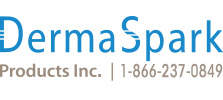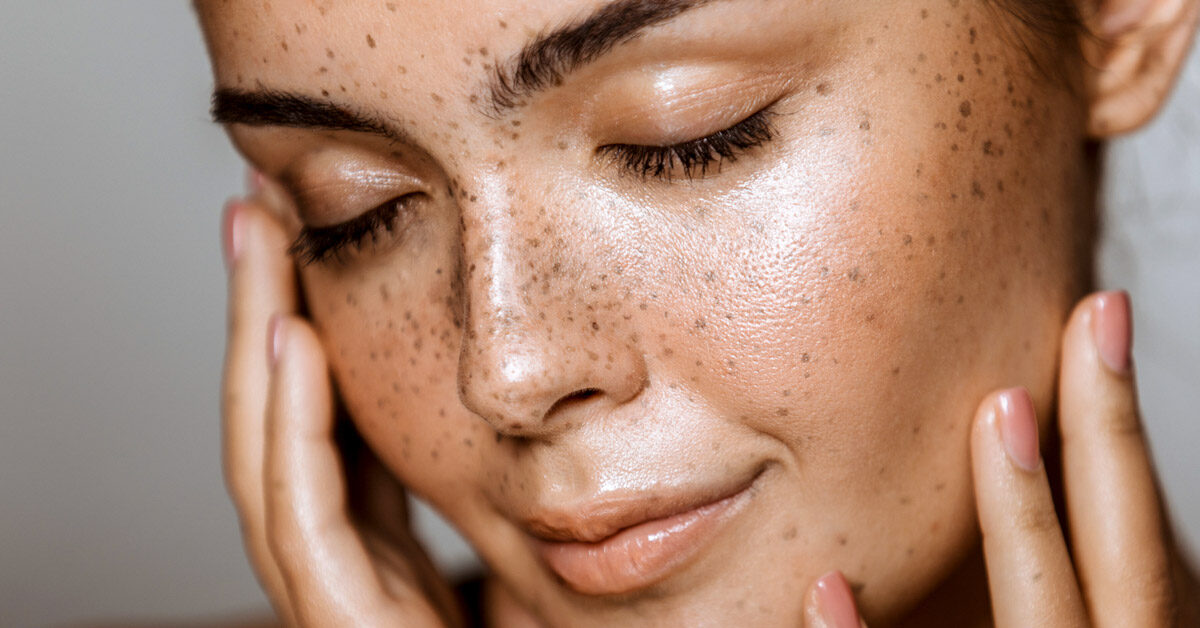If it seems impossible to keep up with the trends recently, it may have come as a sort of wake-up call of confusion when the holy grail skincare ingredient — Hyaluronic Acid (HA) — is the sudden craze. So, if you’ve stumbled across this blog post, here’s the lowdown on what hyaluronic acid buzz is all about.
The Origin Story
The original discovery of HA was made in 1934 by Karl Meter and Josh Palmer at Columbia University. It was not used in the skincare industry prior to the 1960s, during the self-proclaimed ‘modern era’ of HA. At this time, high HA molecule concentrations in other tissues were found. Scientists discovered that HA plays a major role in cell turnover, metabolism, and repair. At the time, HA’s main use was in the medical field. It was used to treat skin lesions, and in surgeries such as cataract removal to speed up recovery time. Only in the past couple of years has HA been derived for use in skincare products due to its powerful properties.
The Power of HA
Hyaluronic acid is a naturally occurring sugar– a glycosaminoglycan— found in the human body. This molecule can hold water exceptionally well. In fact, it can hold up to one thousand times its’ weight in water. The function of HA in the skin is to pull water from the environment and retain it. In turn, hydrating and plumping the skin. Its moisture retention properties allow it to be light on the skin, while not stripping it of its’ natural barriers.
50% of this naturally occurring substance is distributed within our skin. The other half is dispersed across other parts of the body, such as various tissues and joints. However, as we age, HA levels redistribute within our bodies, and the naturally occurring supply begins to deplete over time. Thus, the importance of restoring the skin with a supply of Hyaluronic Acid is essential. This maintains the skin’s natural moisture barrier.
HA Application
HA can be applied topically to the skin through serums and creams if you’re looking for a quick skin-quench. For those looking for more long-lasting results, non-invasive skin treatments might be more desirable. For instance, the Voluderm RF uses radiofrequency, thermal energy, and micro-wound production to stimulate the production of hyaluronic acid, collagen, and elastin. This occurs through the stimulation of fibroblasts, which are the most common cell found in connective tissues. Other options such as hyaluronic acid injections can target very specific areas of the skin that need some extra plumping.
Hydration and moisture, skincare galore! Hyaluronic Acid might be the key to improving skin texture, reducing the appearance of fine lines, and giving the skin the moisture it really needs!
Written by: Daphna


